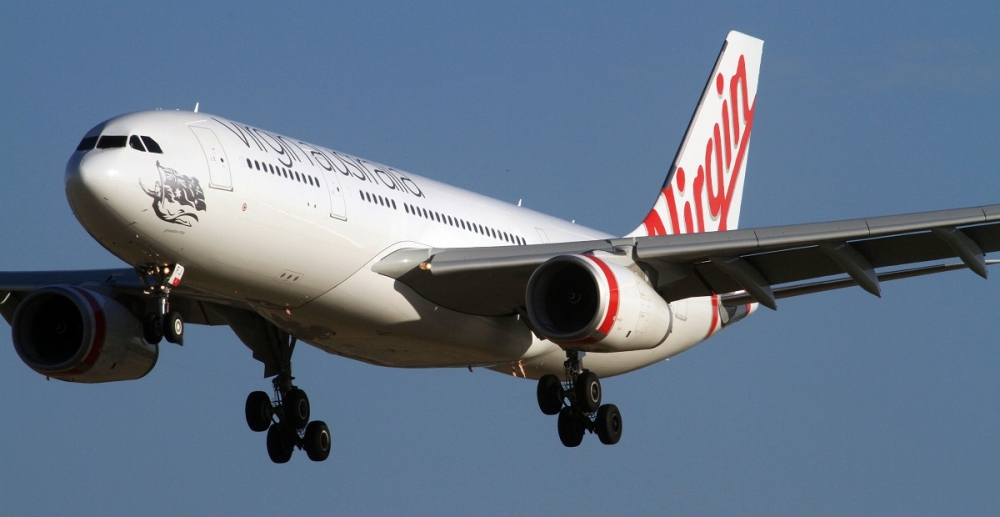Virgin Australia has recorded a significantly wider net loss of A$228.4 million for last financial year after taking a hefty charge for cost-cutting and fleet restructuring.
The result compared to a 2014-15 statutory loss of $93.8 million and translated to underlying profit before tax of $41 million, which was in the middle of the airline's $30m to $60m guidance.
The airline said this was an improvement of $90.1m on its fiscal 2015 underlying pre-tax performance and an $118.6m rise if calculated on a like-for-like basis taking assuming 100 per cent ownership of Tigerair Australia.
It did not specify the magnitude of the charges but has previously indicated they were expected to be between $410 and $450 million. The airline is streamlining its management. Improving procurement and simplifying its fleet as part of moves to repair its balance sheet.
It plans to cut between four and six ATR turboprop aircraft, quit its Embraer E190 fleet and progressively move Tigerair Australia from Airbus A320s to Boeing 737s. This in addition to eight Fokker regional aircraft that have already gone.
The changes are part of a strategy targeting net free cash flow savings of $300m per year by the end of fiscal 2019 and cumulative cost savings of $1.2 billion by the end of the 2017 financial year.
The annual figures were revealed in fourth-quarter results showing an underlying pre-tax loss of $21.9m, a $15m improvement on the same quarter last year.
Virgin’s decision to keep a tight rein on capacity saw the group load factor rise 4.5 percentage points for the quarter to 79.7 per cent as group passenger numbers rose 4.2 per cent.
Virgin’s domestic load factor rose by 5.8 per cent as passenger numbers increased 4.6 per cent compared to the previous fourth quarter, while low-cost offshoot Tigerair Australia saw a 3.3 point load factor increase off a 15.4 per cent jump in passengers.
“The Group improved its underlying performance, passenger numbers and load factors in the fourth quarter in a challenging operating environment’’ chief executive John Borghetti said. “During the quarter, the group took action in response to operating conditions through strategic capacity reductions in line with demand.’’
Macquarie Equities analyst Sam Dobson said the increase in domestic load factors and a two per cent reduction in capacity reflected a rational response to demand weakness.
Virgin Australia will report its 2015-16 annual results in full on August 5.
























